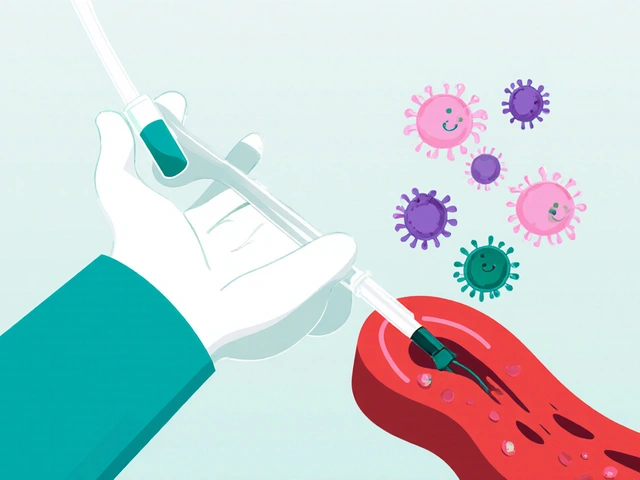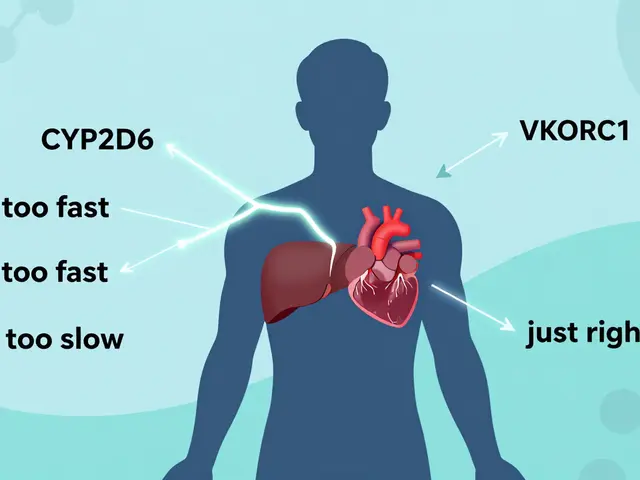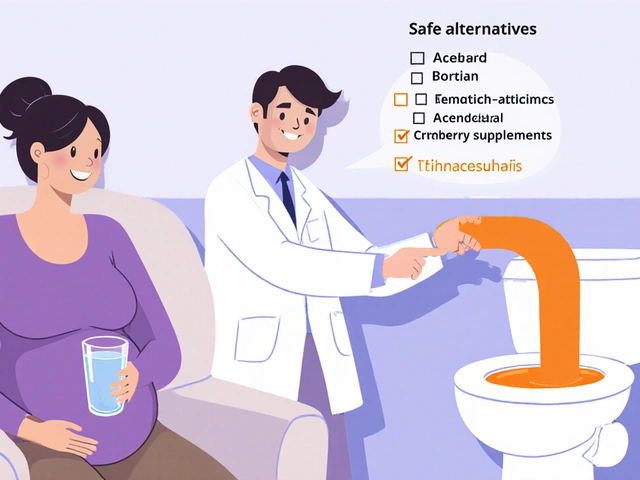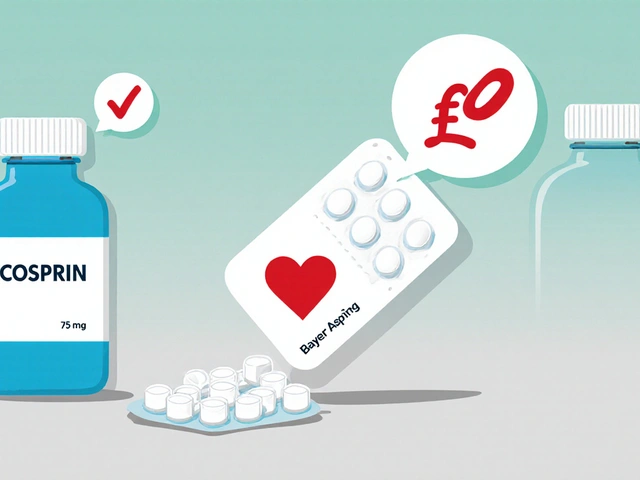Safe Alternatives: Your Guide to Smarter Medication Choices
When a prescription feels risky or causes side effects, most people start looking for a safer option. You don’t have to stay stuck with a pill that doesn’t work for you. Below you’ll find a quick roadmap to help you spot good substitutes, compare their benefits, and avoid common pitfalls.
Why Look for Safe Alternatives?
First off, safety isn’t just about avoiding bad reactions. It also means finding a drug that matches your lifestyle, budget, and health goals. For example, many patients switch from prednisone to newer anti‑inflammatories because the steroid can cause mood swings and weight gain. Similarly, people with thyroid issues explore alternatives to levothyroxine when they need more flexible dosing.
Another big reason is cost. Generic versions or newer oral agents often cost less than brand‑name shots. If you’re paying out of pocket, a cheaper, equally effective option can make a big difference in your monthly budget. And let’s not forget convenience—some alternatives come in once‑daily tablets instead of multiple doses throughout the day.
Top Picks and How to Choose
Here’s a quick look at a few popular drug classes and the safer substitutes many users consider:
- Steroids (Prednisone): Look at non‑steroidal anti‑inflammatories like methotrexate or biologics such as adalimumab if your doctor agrees. They often have fewer long‑term side effects.
- Thyroid hormone (Levothyroxine): Some patients try a combination of T4/T3 therapy (e.g., Liothyronine) or natural desiccated thyroid. Monitor blood levels closely.
- Migraine relief (Sumatriptan): Alternatives include gepants (ubrogepant) or CGRP blockers like erenumab. Lifestyle changes—regular sleep, hydration, and trigger tracking—can also reduce reliance on meds.
- Blood thinners (Coumadin/Warfarin): Direct oral anticoagulants (DOACs) such as apixaban or rivaroxaban provide steady dosing without frequent INR checks.
- Antibiotics: When resistance spikes, doctors may switch from penicillin to a newer class like doxycycline or a targeted narrow‑spectrum drug. Always finish the full course.
How do you decide which option fits you? Start with a conversation with your pharmacist or doctor. Ask about the drug’s safety profile, how it interacts with other meds you take, and any monitoring you’ll need. Then, check reputable online pharmacy reviews—sites like CanadaMedsUnited or the MHRA‑approved UK pharmacies often list safety certifications.
Don’t forget to read the label. Look for clear dosage instructions, expiry dates, and any warnings about pregnancy or kidney issues. If a site asks for payment before you see a prescription, that’s a red flag.
Finally, track how you feel after switching. Keep a simple journal: note the dose, any side effects, and how your symptoms change day by day. This record helps your doctor fine‑tune the treatment and gives you confidence that you’re making the right move.
Finding a safe alternative doesn’t have to be a gamble. With a bit of research, a chat with a health professional, and careful monitoring, you can replace a risky medication with something that works better for your body and your wallet. Stay curious, stay safe, and remember that the best choice is the one that keeps you feeling good day after day.
Trying to reach anabolicsfast.lt? Here’s a safe, fast way to find the real site, spot red flags, and understand the legal and medical risks in Australia (2025).



 Medications
Medications




